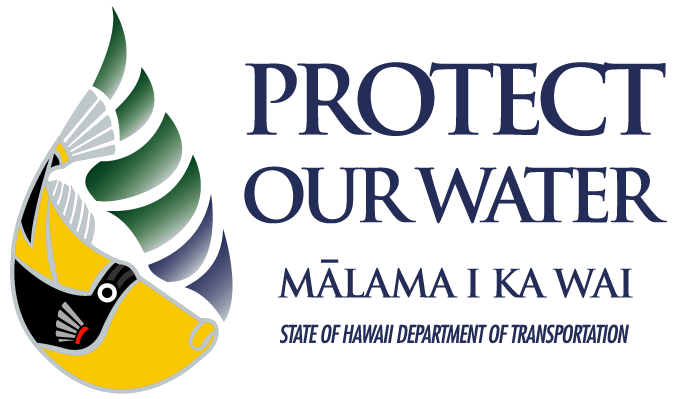The State of Hawaii, Department of Transportation, Highways Division, Oahu District has numerous roadway construction projects going on at any given time that vary in size and complexity. However, one thing that remains the same for all construction projects regardless of the size of the project or area of land disturbance, is the need to implement best management practices (BMPs) to prevent erosion and control sediment.
This quarter we want to highlight a project from our Kilihau Field Office that recognized a need for additional BMPs during construction activities and initiated the installation of both erosion and sediment controls, which proved to be very effective in a short amount of time. The Liliha Street Rehabilitation project to reconstruct roadways, sidewalks, drainage structures and gutters was recognized during consecutive monthly independent inspections this quarter for its implementation of both erosion and sediment controls in effort to minimize erosion and stop any sediment from entering the municipal separate storm sewer system (MS4) and receiving waterbodies.
During a monthly independent inspection, the inspector noticed an area adjacent to the sidewalk that was disturbed as a result of construction activities (see Photo 1). In addition to installing inlet protection (sediment control), the project took the initiative to install biosocks (sediment control, see Photo 2) and then seeded the disturbed area (erosion control). These three BMPs are an excellent example of implementing a series of BMPs (rather than using just one single BMP) for erosion and sediment control. Often times construction projects will deploy inlet protection as the only means to preventing sediment from entering an inlet. But what if a large rain event is expected? In anticipation of a large rain event, the common practice is to remove inlet protection to prevent flooding. Thus, resulting in little or no BMPs on site, leaving disturbed areas exposed with no erosion or sediment controls in place.
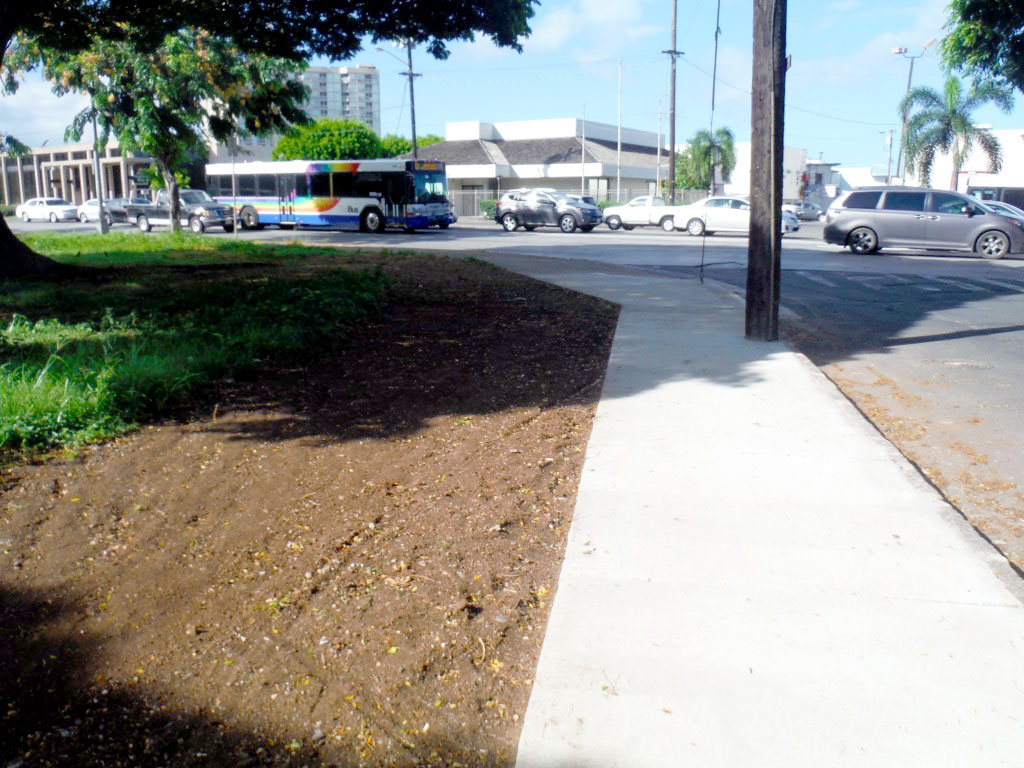
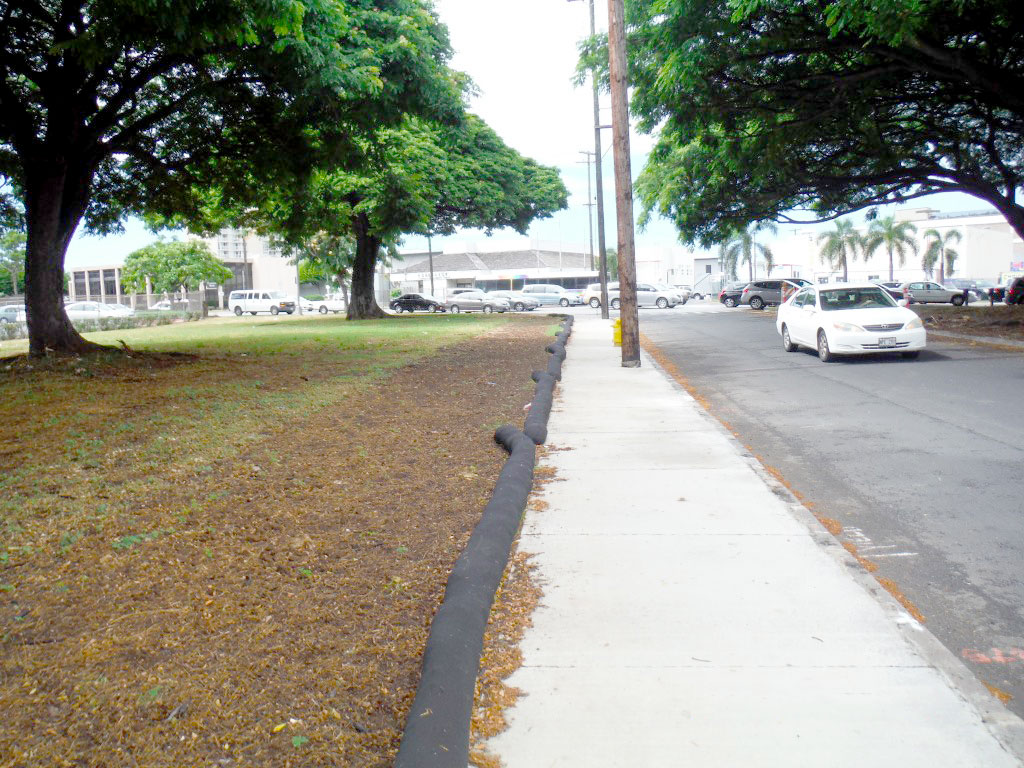
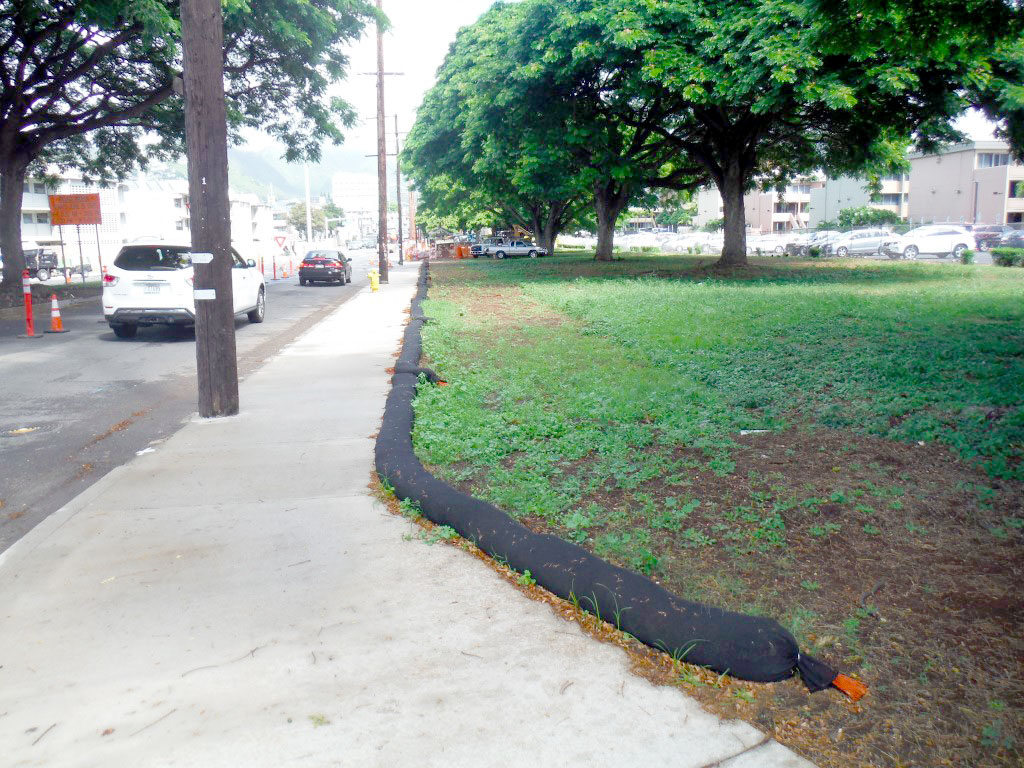
During the next monthly independent inspection, the area seeded the prior month had vegetation growing (see Photo 3). This demonstrates how effective seeding can be at establishing vegetation in a short amount of time which in turn provides erosion control. Always remember there are required timeframes for stabilizing disturbed areas and establishing vegetation, but it can also be done at any time during a project. It’s best to stabilize areas when necessary and as soon as possible.
